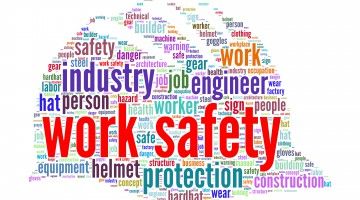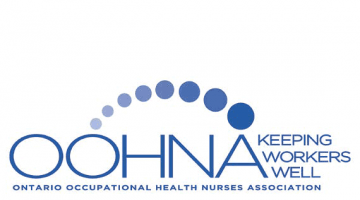Work precarity and vulnerability
“Precarious” is a word often used to describe work that is characterized by low pay, low job security and little protection. “Vulnerable” is a word often used in the health and safety world to describe those who are at an increased risk of work injury or disease. At the Institute for Work & Health (IWH), an evidence-based framework has been developed that defines OHS vulnerability as being exposed to hazards without having adequate protection. This page pulls together research on OHS vulnerability and work precarity.
Featured

Research Highlights
Death rates are higher for workers in precarious and lower quality jobs
Death rates are higher for workers in lower-quality jobs. That’s according to an IWH study that explored whether job quality was linked to rates of death.
Published: November 12, 2025

Issue Briefing
Vulnerable workers and risk of work injury
This Issue Briefing provides highlights of IWH's body of evidence on "vulnerable" workers, tracking how our research has evolved from vulnerability being associated with those who are new to a job to those who are exposed to hazards with inadequate awareness, protective policies and/or empowerment.
Published: November 2016

Impact case study
Ontario prevention system adopts IWH conceptual framework for OHS vulnerability
A new way of thinking about "vulnerable workers" makes inroads with Ontario's Ministry of Labour and its partners.
Published: October 2016
Journal article
Journal article
Individual, occupational, and workplace correlates of occupational health and safety vulnerability in a sample of Canadian workers
Published: American Journal of Industrial Medicine, January 2016

Tools and guides
OHS Vulnerability Measure
This tool assesses the extent to which a worker may be vulnerable to occupational health and safety (OHS) risks at work in four areas: hazard exposure; workplace policies and procedures; worker awareness of hazards and OHS rights and responsibilities; and worker empowerment to participate in injury and illness prevention.
Published: January 2016

At Work article
Distinct types of OHS vulnerability seen in young, temporary, small business employees
A tool developed by IWH measures three types of vulnerability to workplace health and safety risk.
Published: November 2015

IWH in the media
The vulnerable worker
The term “vulnerable workers” is used increasingly in occupational health and safety (OHS) to describe those at greater risk of injury. Research at the Institute for Work & Health (IWH) has recently explored whether worker or workplace factors are linked to worker vulnerability. The result is a new 29-item questionnaire that measures the extent to which workers are at increased risk of work-related injury and illness and conceives vulnerability as a function of four distinct dimensions.
Published: OOHNA Journal , October 2015
Journal article
Journal article
The development of a conceptual model and self-reported measure of occupational health and safety vulnerability
Published: Accident Analysis and Prevention, June 2015

At Work article
IWH research on vulnerable workers leads to tool for measuring risk factors
29-item survey gauges vulnerability via workplace hazards, policies, procedures and worker awareness.
Published: April 2015
IWH Speaker Series
IWH Speaker Series
Developing a measure of OHS vulnerability
The term "vulnerability" is used increasingly in occupational health and safety (OHS) in Ontario. Although certain groups in the labour market (e.g. younger workers, temporary workers or immigrants) are often labelled as “vulnerable workers,” there is very little discussion about what the broader workplace and occupational factors are that lead to increased risk of injury among these groups, and whether these risk factors are similar across the groups. In this plenary, Dr. Peter Smith, a scientist at the Institute for Work & Health, provides an overview of the conceptual framework of OHS vulnerability. He also shares preliminary findings from a survey capturing different dimensions of OHS vulnerability across a sample of workers in Ontario and British Columbia.
Published: January 2015
Project
Project
Developing a framework for understanding and measuring OHS vulnerability
IWH researchers looked for a better way to measure occupational health and safety (OHS) vulnerability among workers, one that moves beyond the demographic characteristics of workers to look at the factors in their workplaces that put them at increased risk of injury and illness.
Status: Completed 2016
